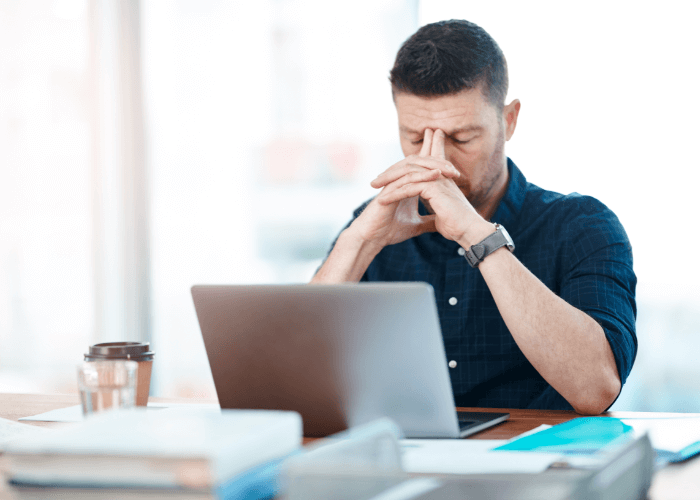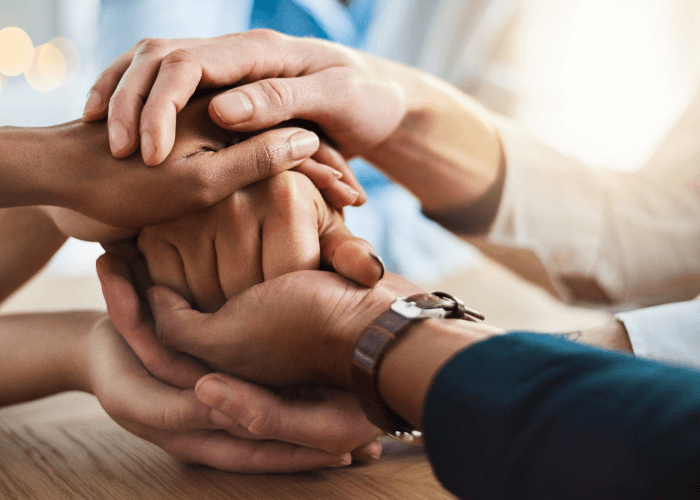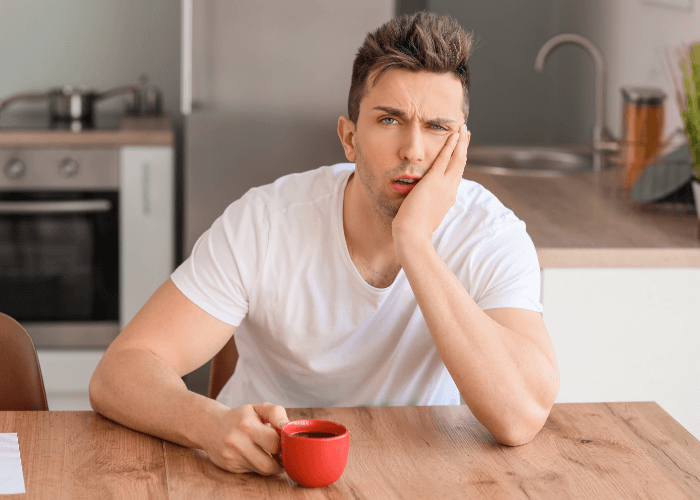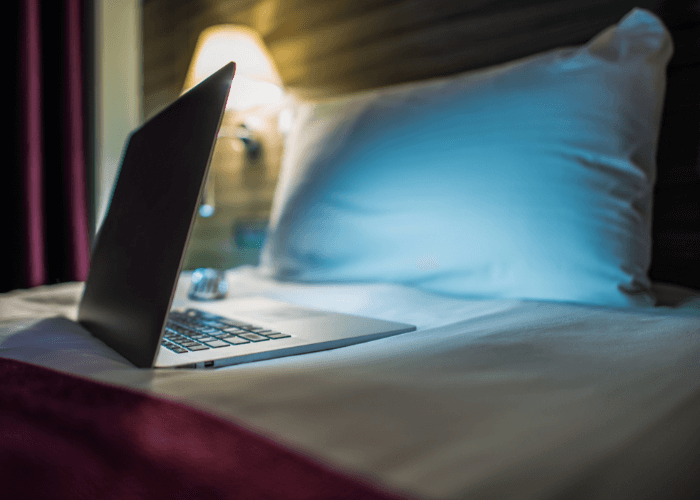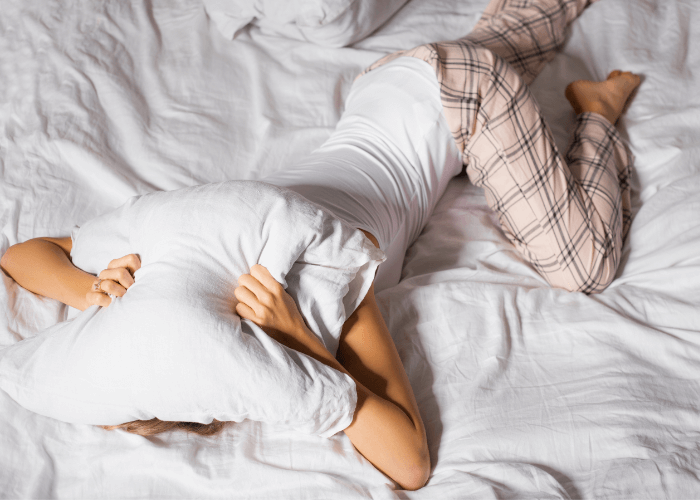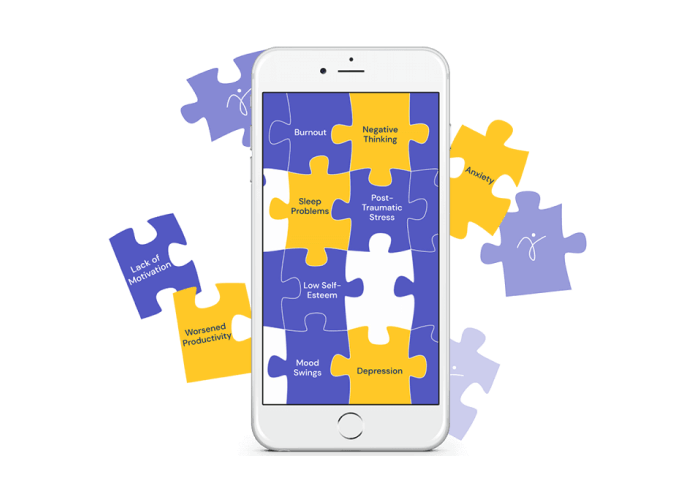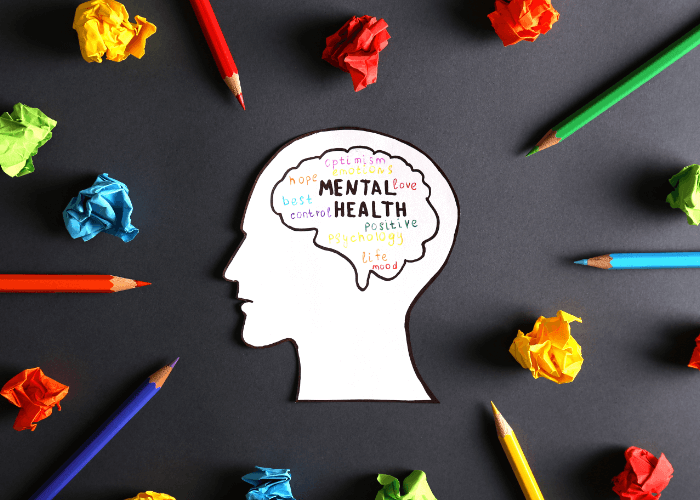How To Deal With Loneliness
Loneliness can come uninvited and stay a while, regardless of your age, gender, social status, and cultural background. It can stem from past traumatic events or ongoing circumstances and can extend to different periods of one’s life.
Feeling lonely doesn’t necessarily mean being alone. On the contrary – this is a feeling that you grow inside, sometimes regardless of how socially active or fulfilled you are. It’s a draining state of mind that constantly feeds off our daily emotions and makes us feel tired, unhappy, and unmotivated to deal with life.
So, what’s the difference between general loneliness and loneliness caused because of a breakup? How to heal and come back from it? We gathered some tips and tricks on how to deal with loneliness in the paragraphs below.
Practical Ways of Dealing with Loneliness
The first step in the quest of how to deal with loneliness is to recognize, acknowledge, and respect your own feelings.
So – focus on how you feel and try to analyze where that sentiment stems from. If you can, talk to a therapist, and they can help you plan steps toward how to combat loneliness. Therapy can introduce coping skills that you can tailor to your case, so you’ll have a long-term well-being strategy instead of a fast and short-term solution.
Other things you can do to help yourself out of the situation include:
- Talk to your family and friends and let them know about your struggles. If you’ve lost a loved one or your job, if you’re moving to a new place, or if you’re going through a lot of stress, let your close ones know. They can help you the right way as long as you don’t intentionally alienate yourself.
- Monitor your online presence as much as possible. Unfortunately, as much as the online world connects us through social media and dating sites, they sometimes isolate us. Sometimes, social media portrays a fake life that some individuals are living, which can lead to depression and even more loneliness. If being online feels like a burden, it’s time to log off. Instead, go for some real-life communication – be it within your closest circle or with new people.
- Look for ways to address loneliness before it evolves into isolation and depression. Many workplaces offer an EAP (Employee Assistance Program) which gives you access to therapy confidentially. You can also opt-in for a free trial of a science-based well-being app and give it a chance.
- Attend thematic events related to the things you love. It can be a yoga class, a book club, or a quiz night out. Thus you’ll combine things that feel good with social interaction and connection based on interests and passions.
Finally – don’t deny or try to renounce how you feel. Loneliness is best battled not through an escape but through acceptance and gradual change.

Joining Clubs, Volunteering, and Self Care
As one of the most beautiful quotes for loneliness by Michel de Montaigne says, “The greatest thing in the world is to know how to belong to oneself.”
The most beautiful and fulfilling answer to the question of how to cope with loneliness is being a part of something. Whether that something is volunteering in a soup kitchen, a nursing home, a children’s hospital, or an animal shelter, it’s all worth it.
There is not a single universal formula on how to deal with loneliness. So instead, think about your hobbies and join local clubs or groups that play instruments, read books, paint, have photography courses, or do anything else you can relate to. Being with like-minded people will make you feel better and happier because it gives you a sense of accomplishment and community.
Last but not least, practicing self-care is a must when dealing with feelings of loneliness and seclusion.
- Exercise and daily walks trigger endorphins in your brain, which elevate your mood and make you feel better.
- Good and healthy food gives your brain the required nutrients, and therefore it’s not recommended to consume lots of sugar, highly processed food, and preservatives.
- Sleeping better can affect your emotional health, so poor sleeping habits can worsen feelings of isolation and loneliness. Additionally, consume less caffeine and sugar right before bedtime and drink more water.
Besides exercise, good food, good sleep, and going out, self-care is also about turning back to your most genuine passions. These might include cinema, art, gardening, or whatever else you feel drawn to.
At the end of the day, loneliness doesn’t mean surrounding yourself with lots of people. It means enjoying your own company and feeling fulfilled with no need for external endorsement.

Dealing with Loneliness After a Breakup
Breakups are one of the most common reasons for feeling profound and sometimes even devastating loneliness, regardless of whether the separation was mutually consensual or ended badly.
If you ask yourself how to deal with loneliness after a breakup, well, it’s not easy. When you used to spend a lot of time with just one person, and now you don’t get to do this anymore, you might feel stuck and almost lost.
Overcoming that feeling of emptiness and learning to once again rely on your inner resources is the first step of how to combat loneliness when single.
The best remedies are going for a walk, spending time in nature, reading good books, or spending time with friends. You can add praying (if you are religious), painting or doing a puzzle, picking up a sport, or just focusing on a hobby you’ve been ignoring until now.
There is no easy trick that will immediately lift the weight from your shoulders, but you can gradually make things better by empowering yourself to be self-sufficient and ultimately free.
Being The Third Wheel in a Relationship
When it comes to relationships, there aren’t only two people in a couple but three. The third one is the relationship itself.
It would be best if you nurtured not only your partner’s needs but also yours and the relationship’s. A relationship is an entity on its own, and it needs care.
Prioritize your needs without being too self-centered, and then move on to those of your partner. If you don’t know how to take care of yourself, then it’s likely that the relationship might deteriorate.
Such advice is good to be given, especially when you are fresh out of a relationship and relearning how to be your best self again. Loneliness is not only a terrible feeling but also something that teaches and opens up a new chapter of our lives.
It’s a way to check in with ourselves and learn how to be on our own in order to heal and move on. The answer to the question of how to deal with loneliness is sometimes right in front of us, and sometimes we need professional help to find it.
Remember that loneliness is not here to stay, and it will pass. Good times are around the corner, and all you need to do is keep the journey going.


